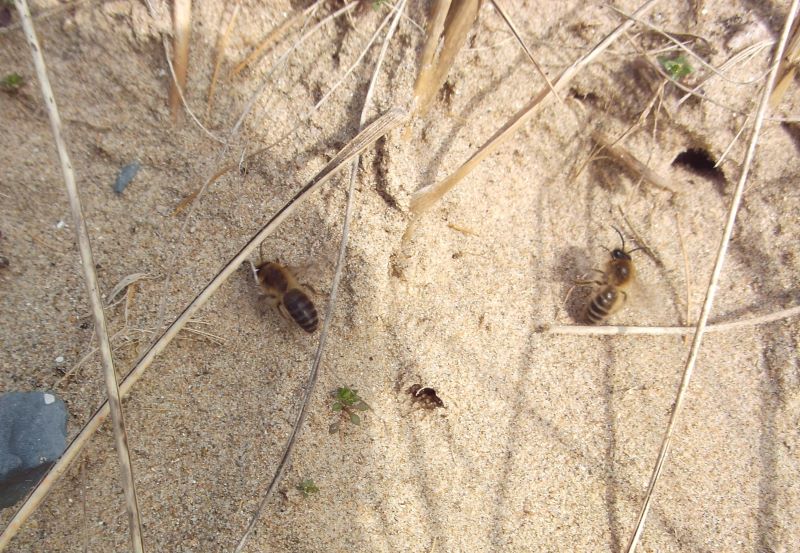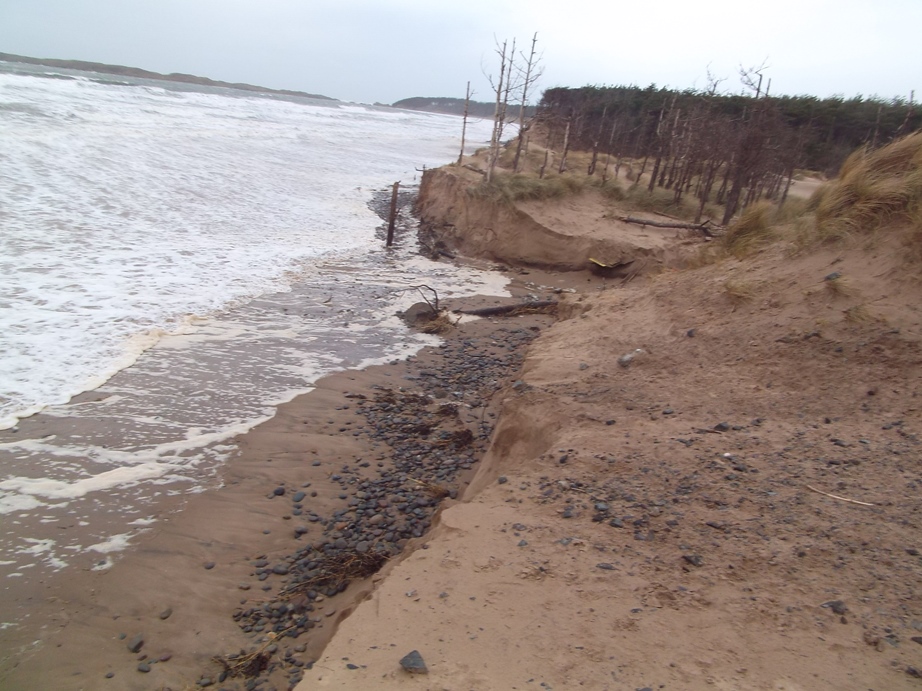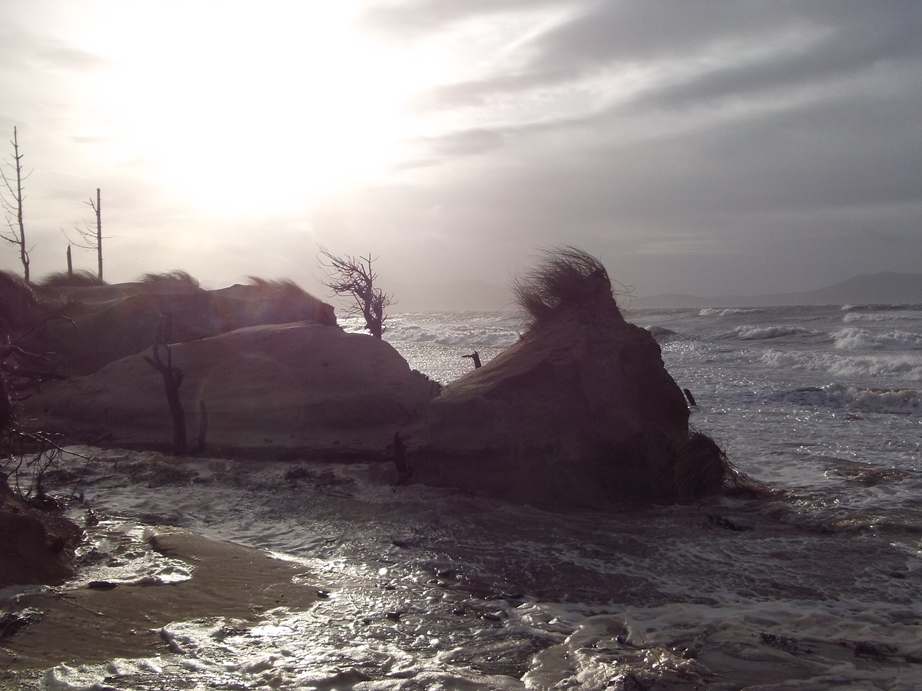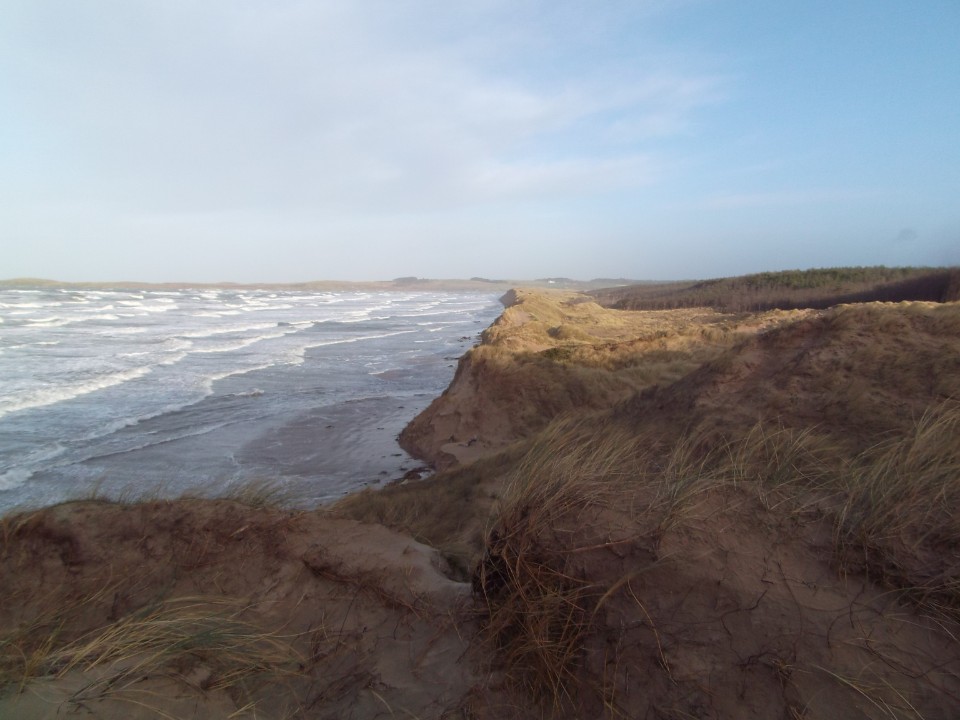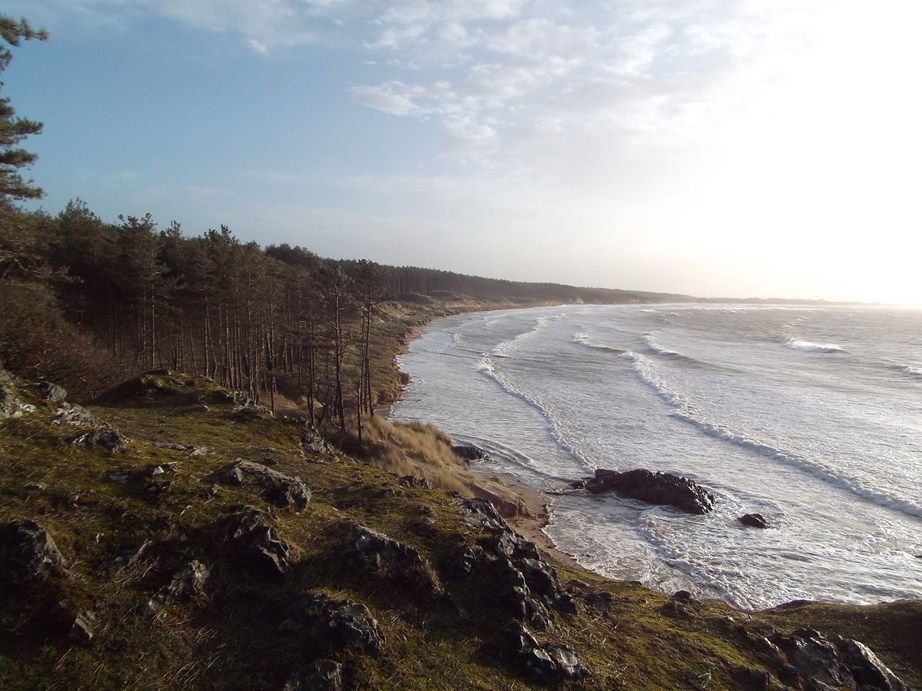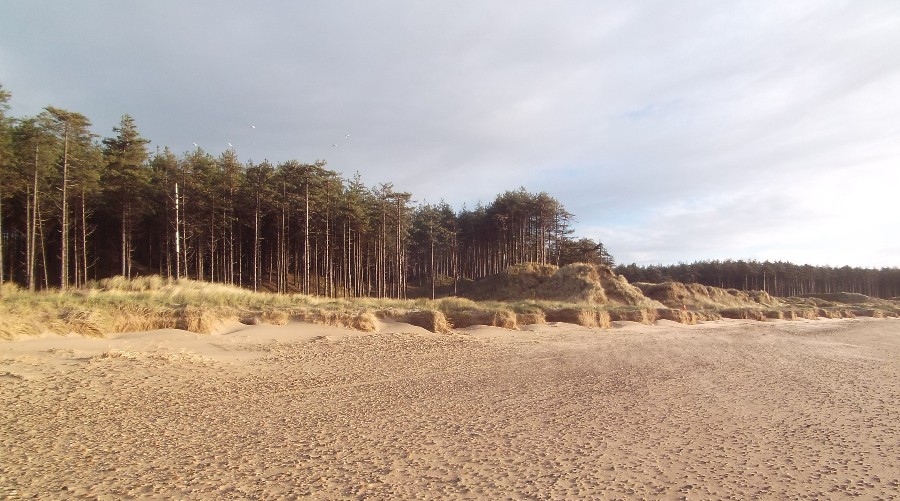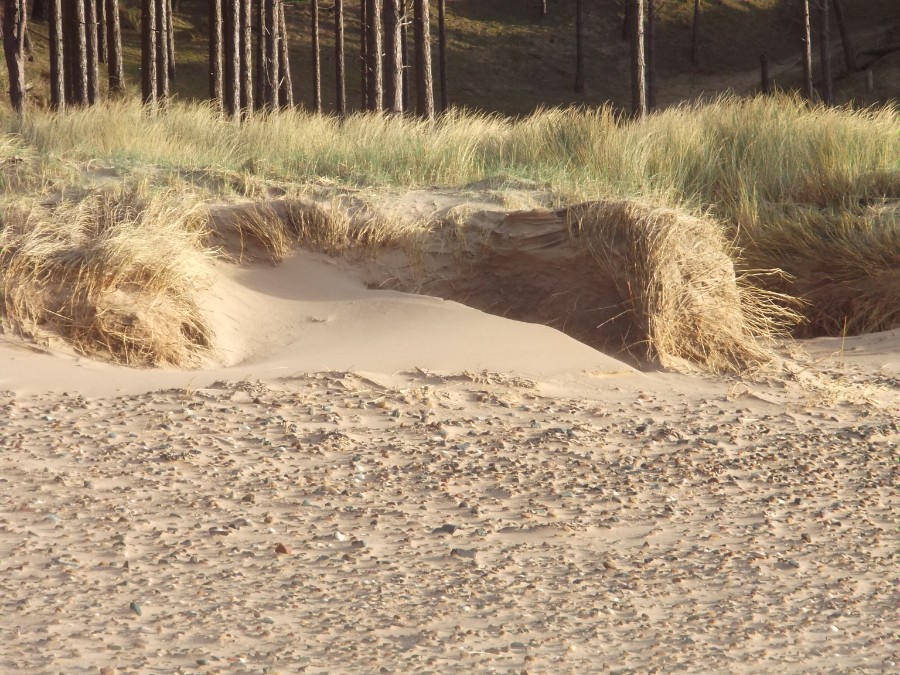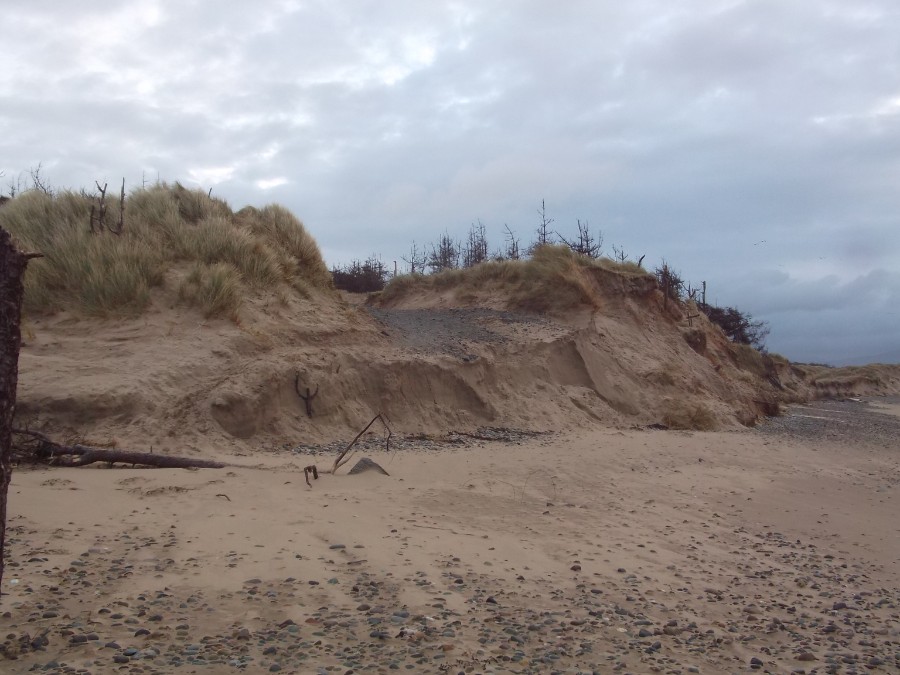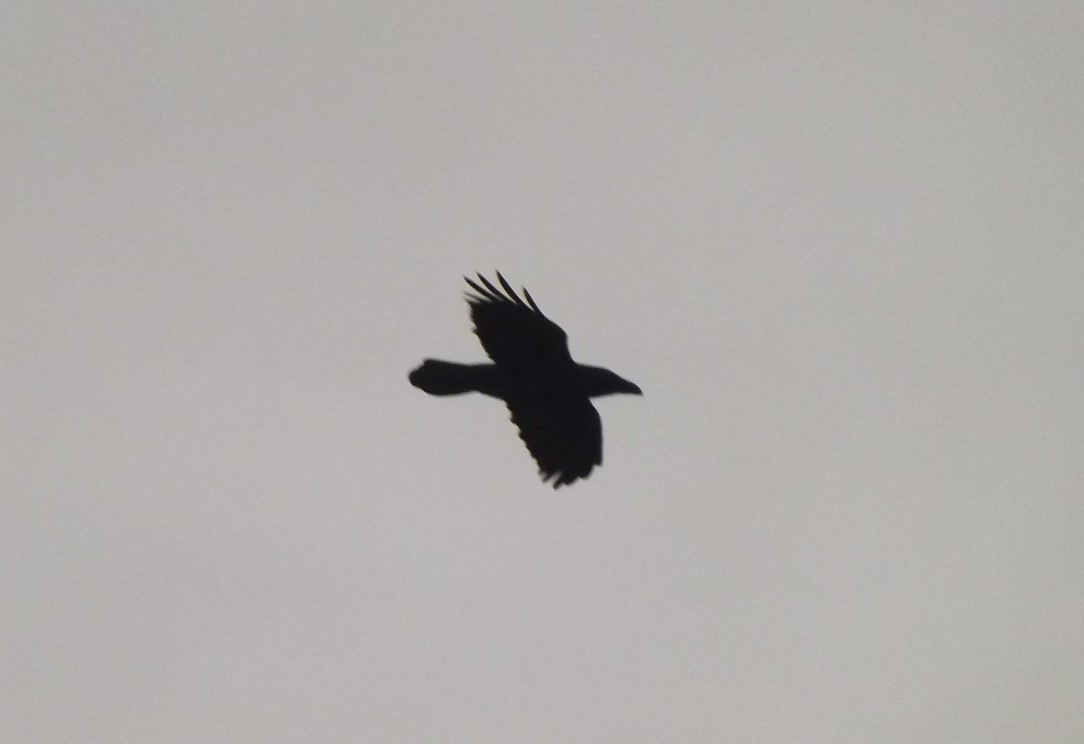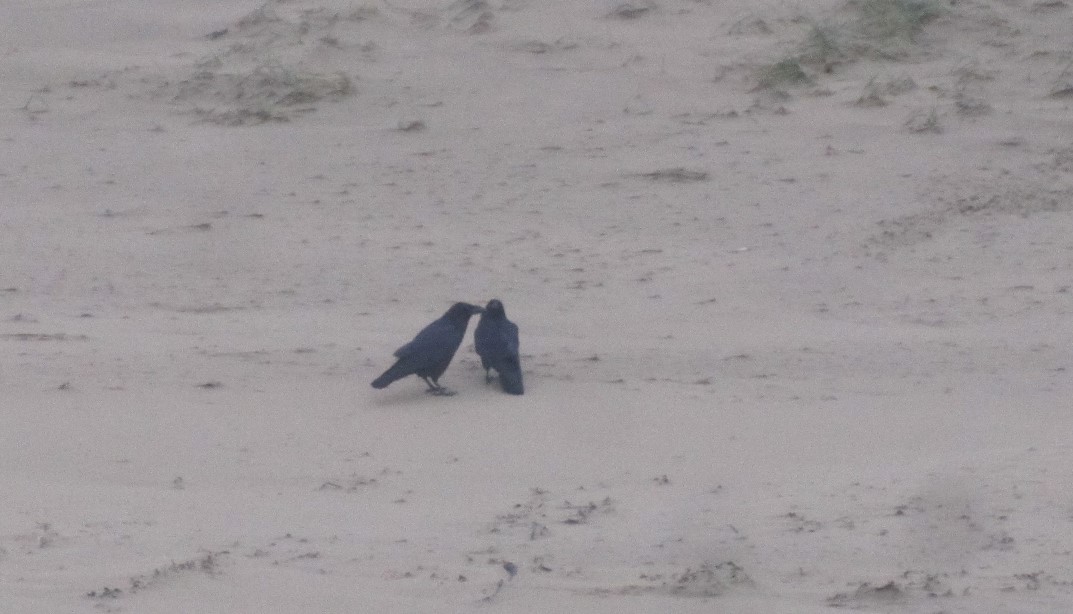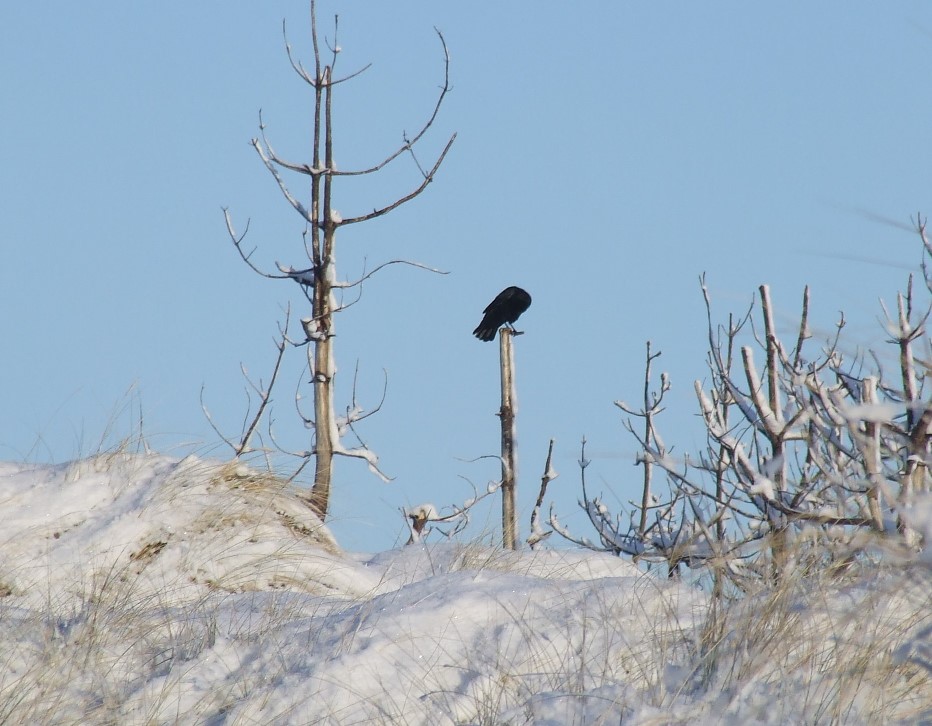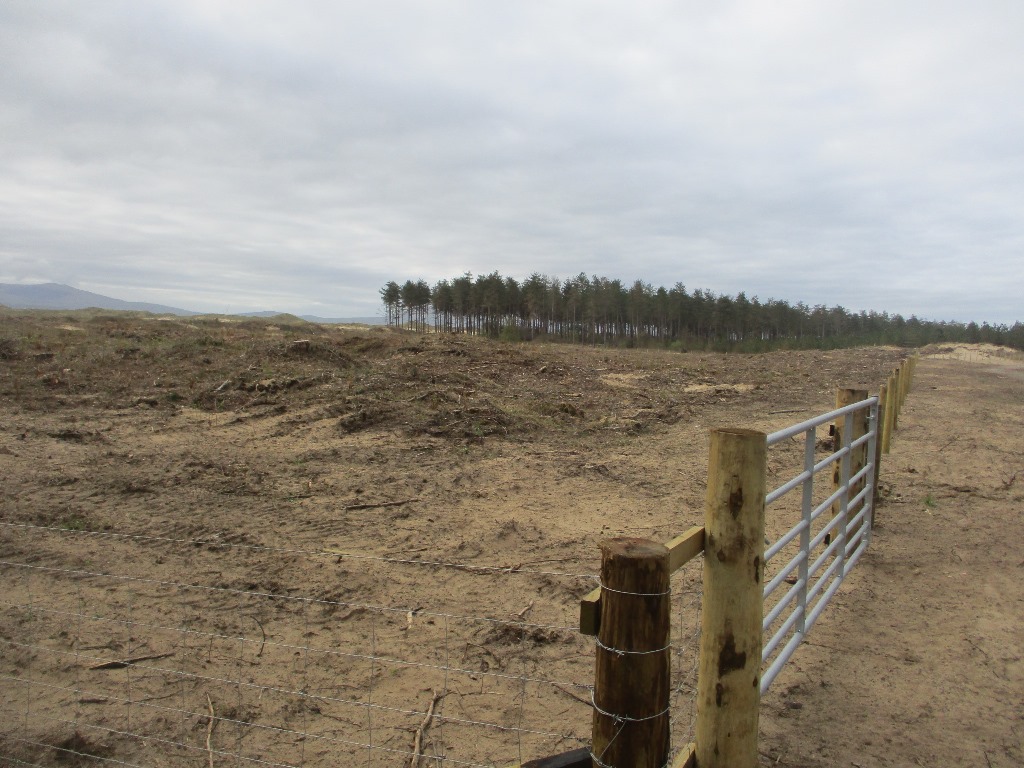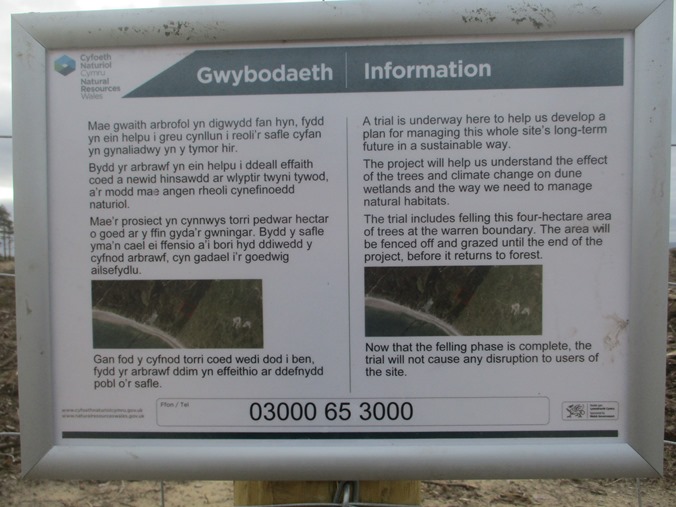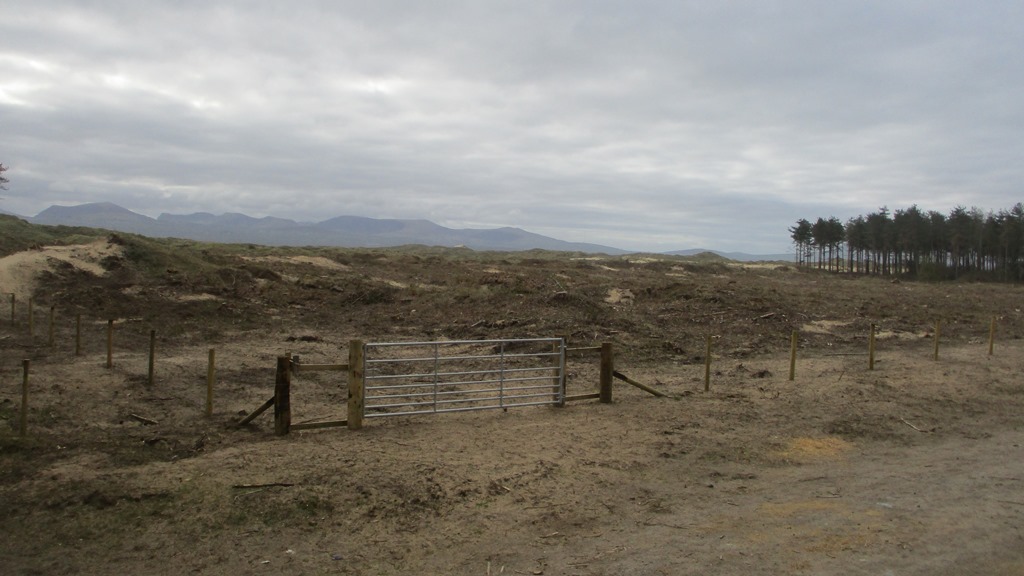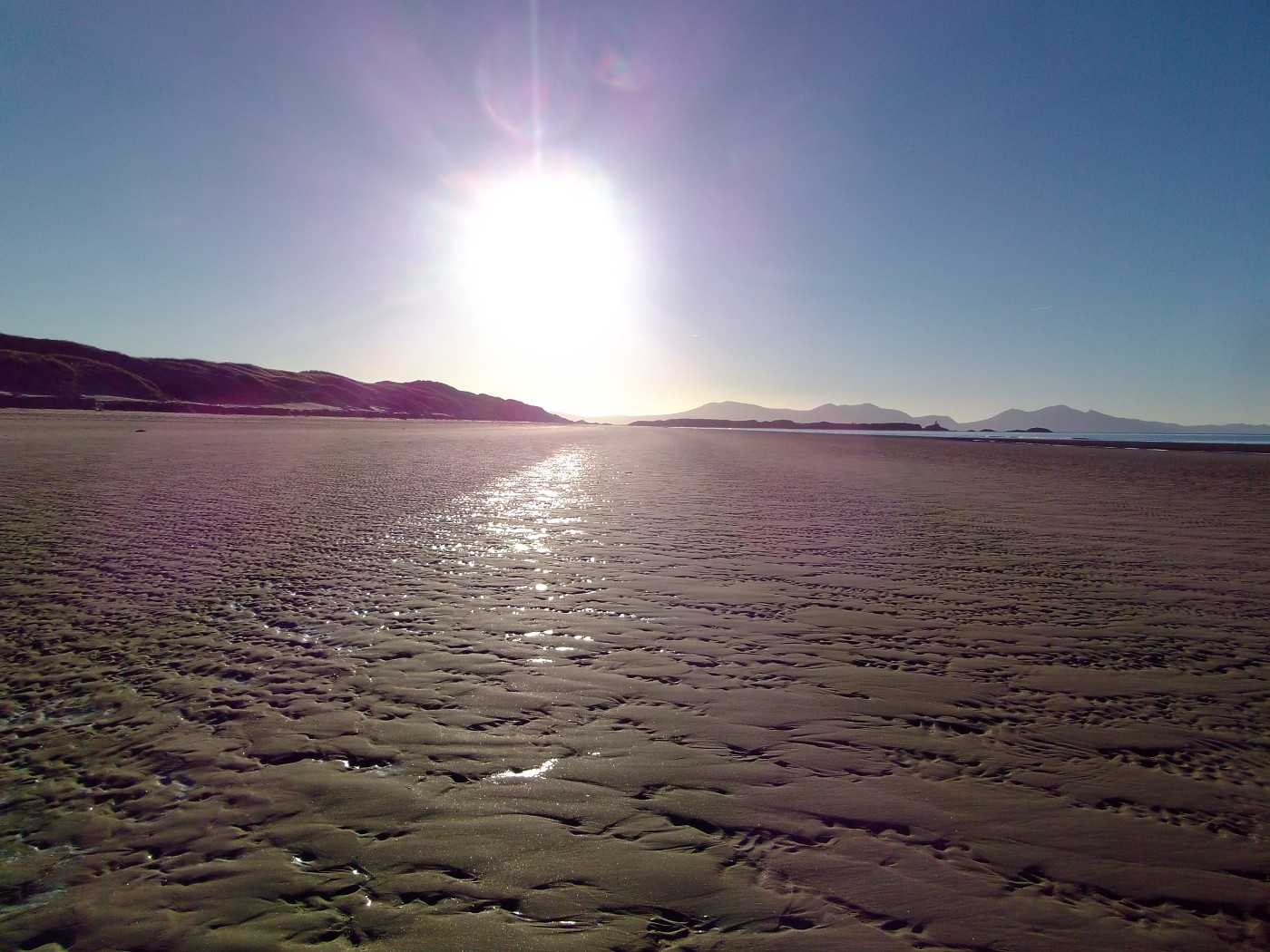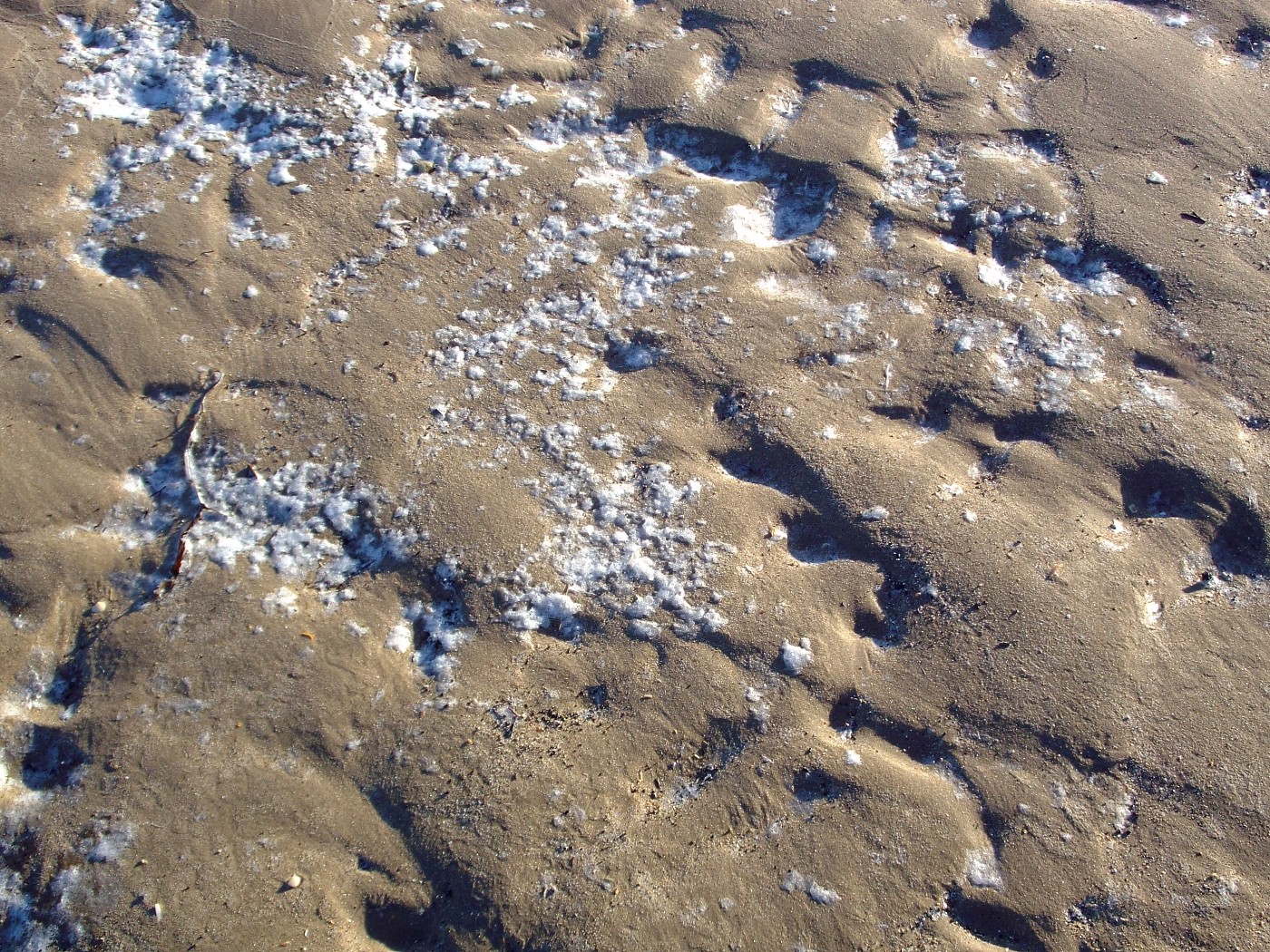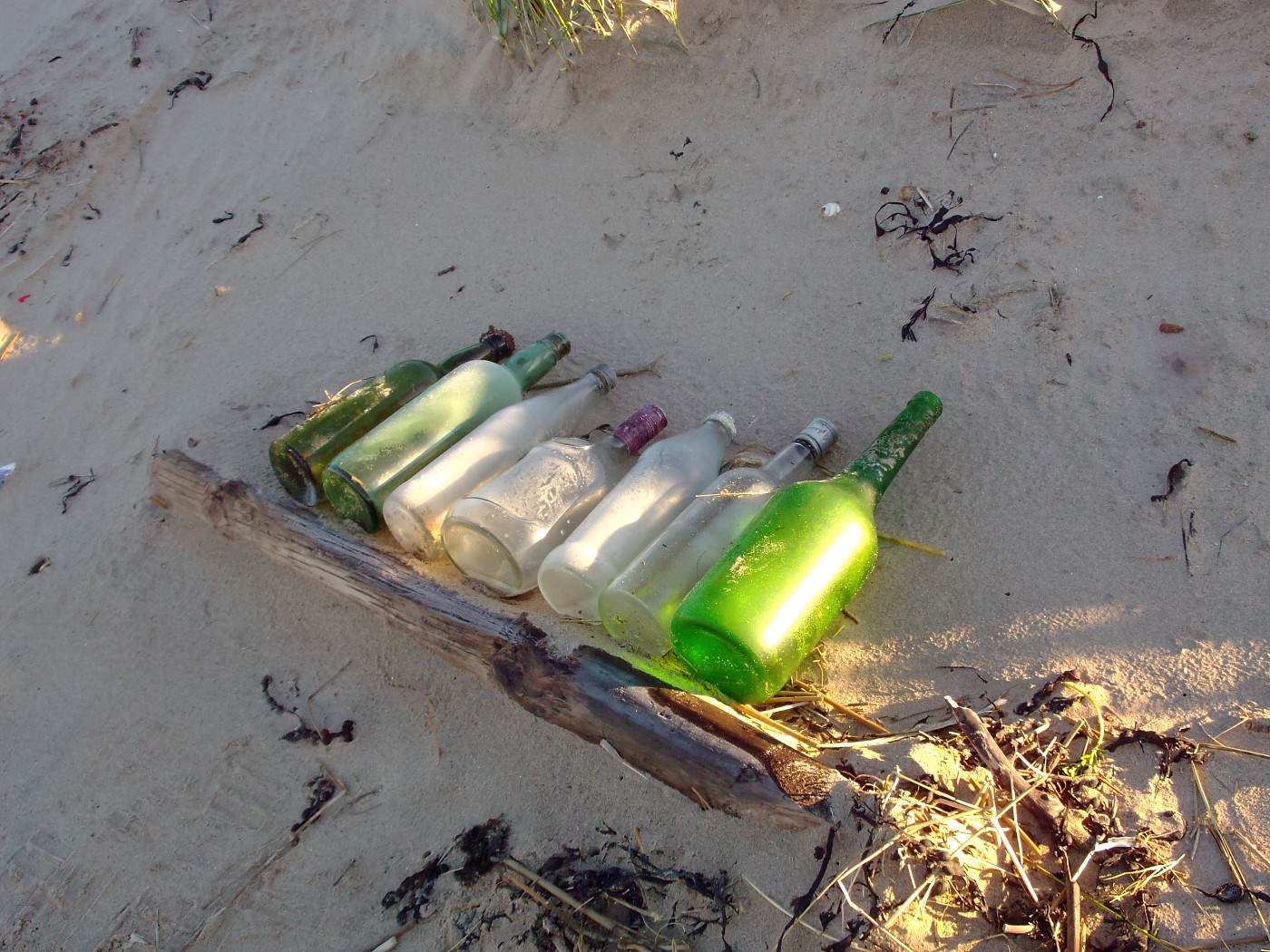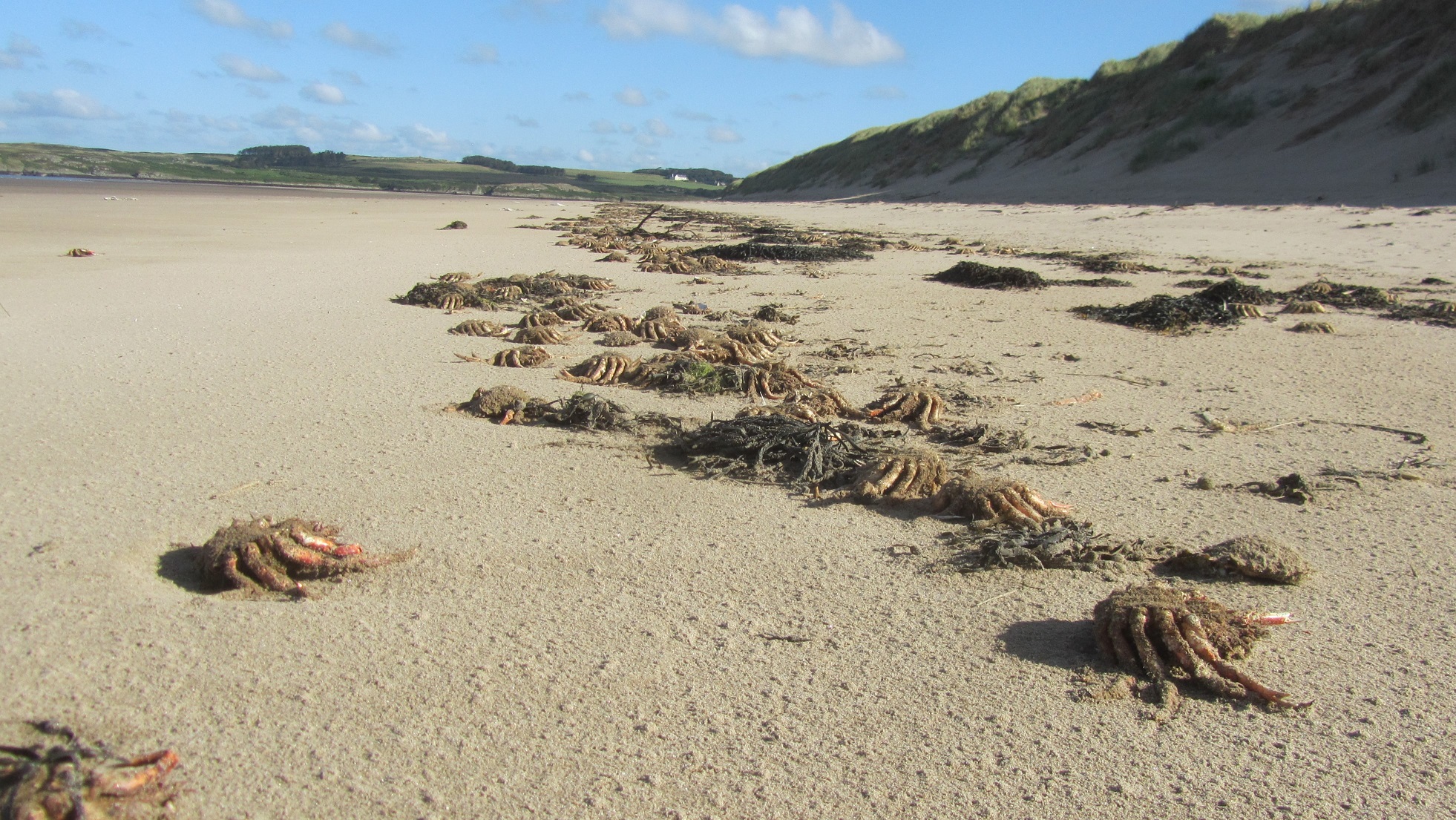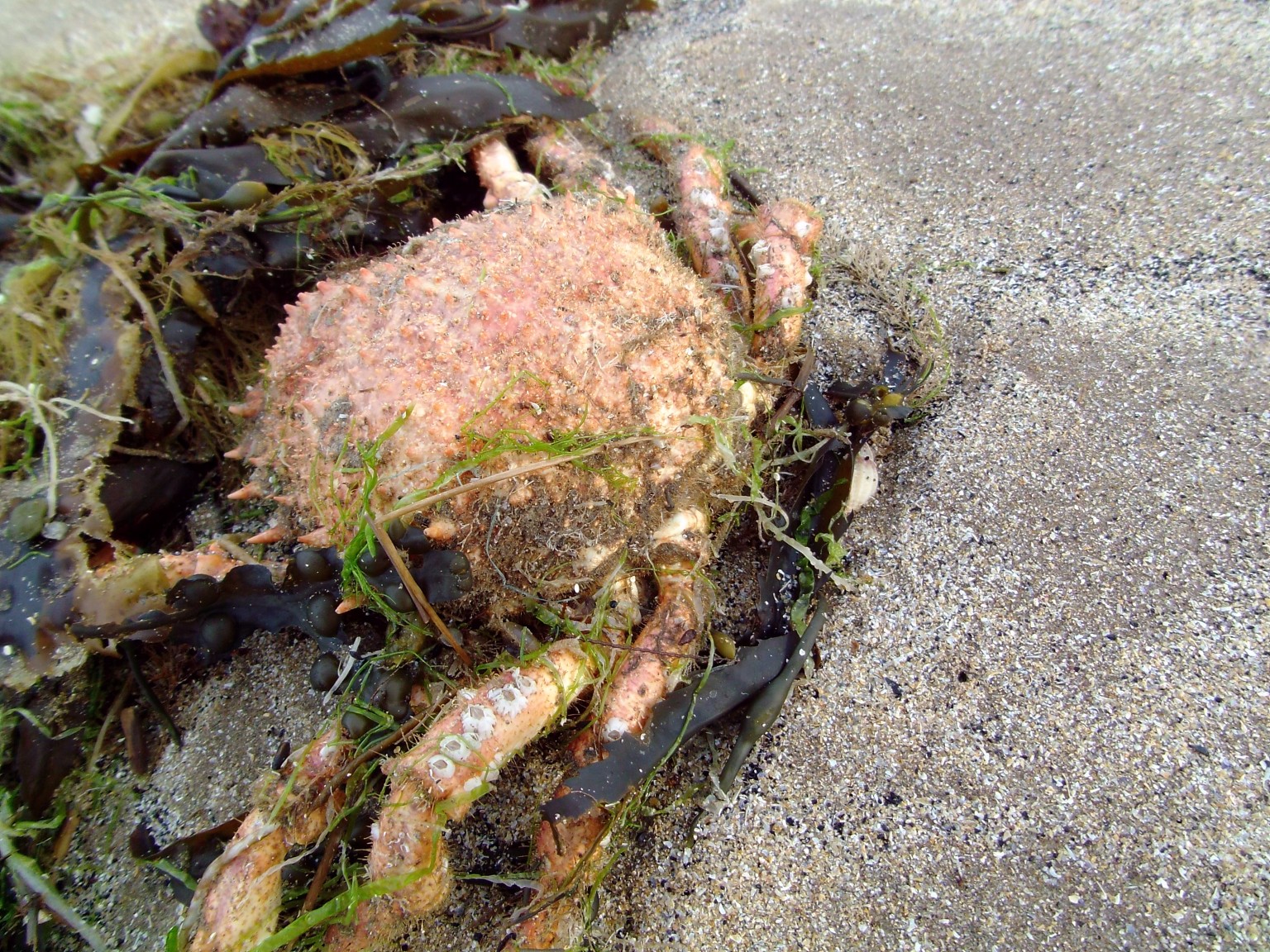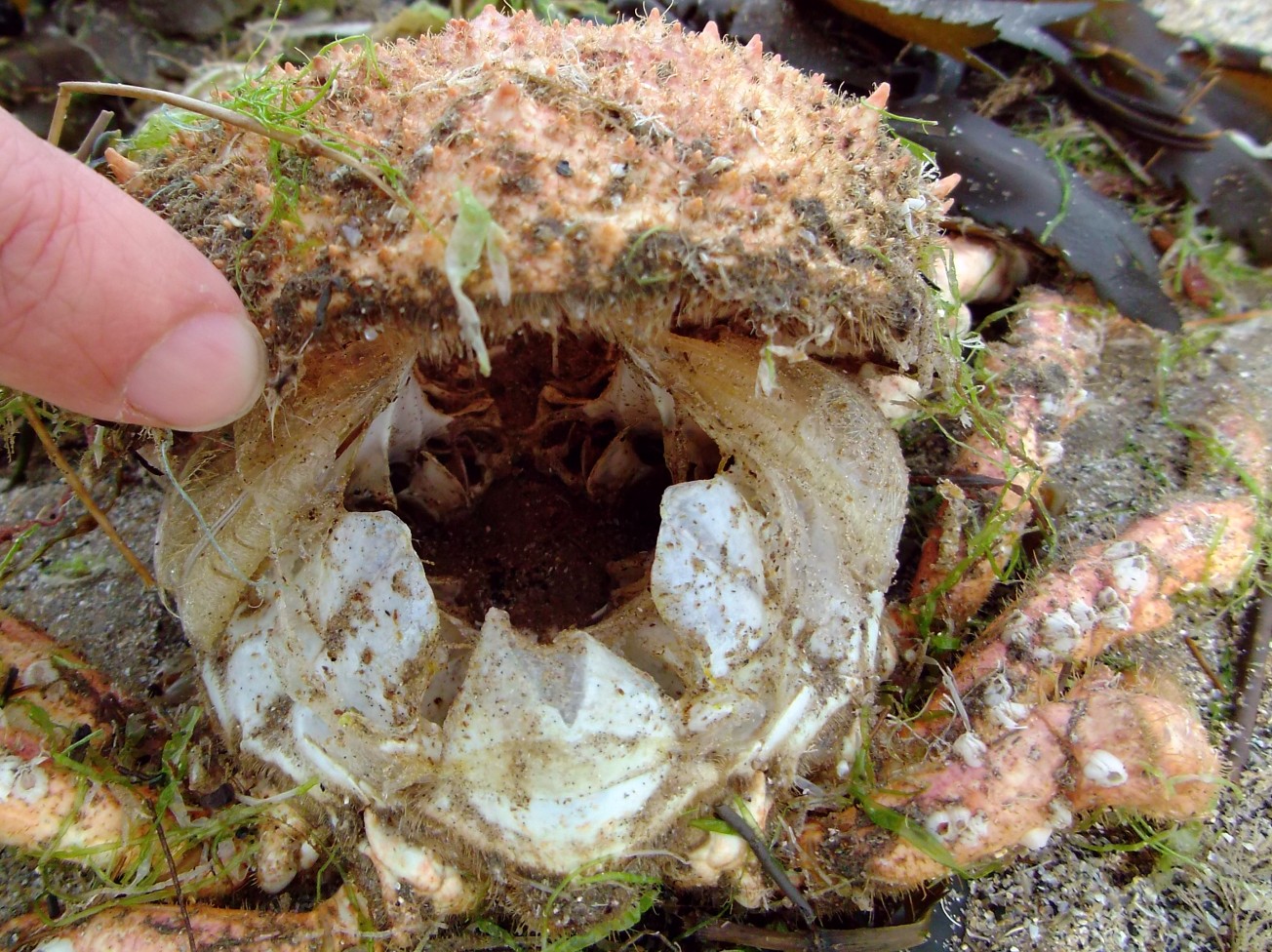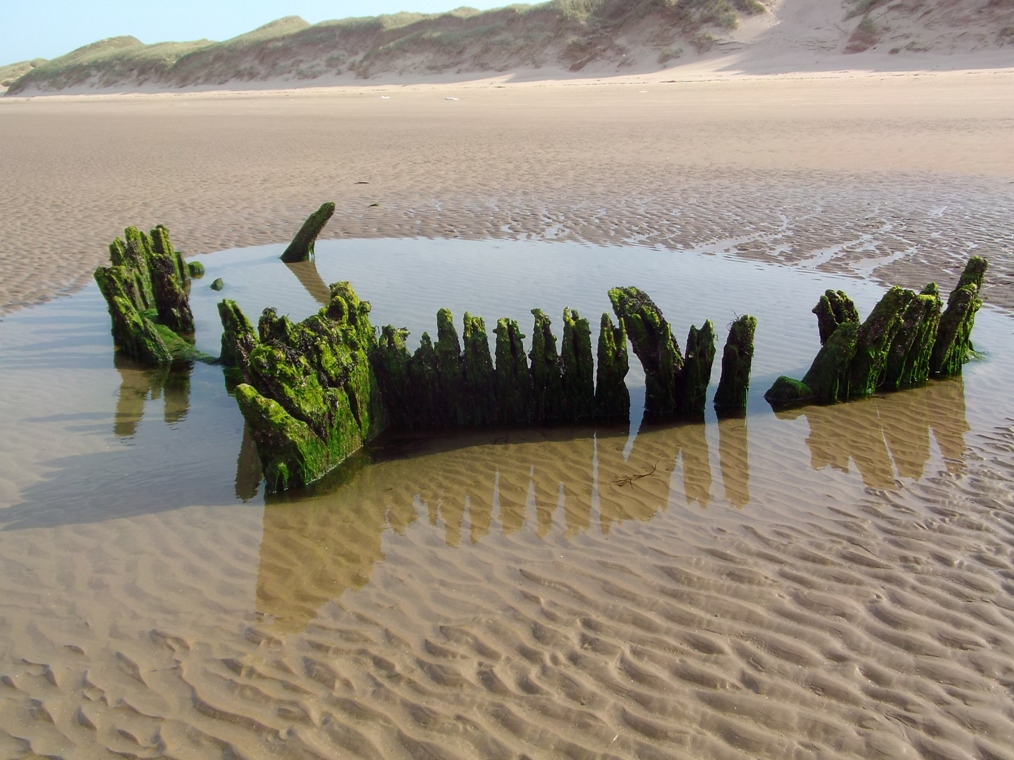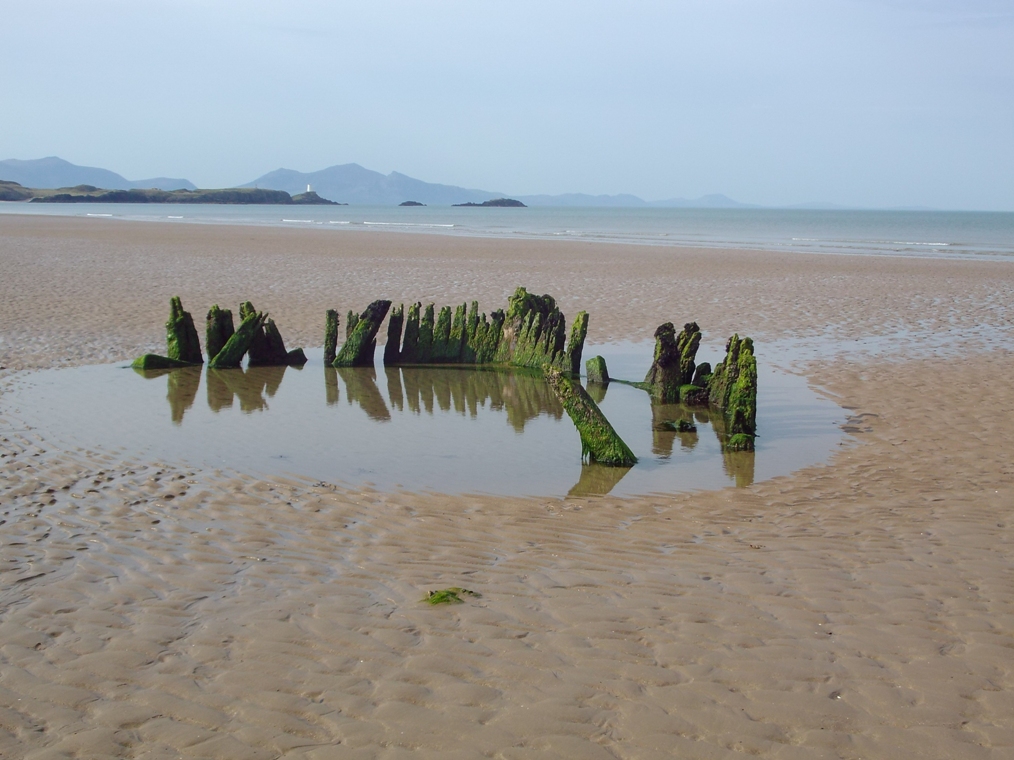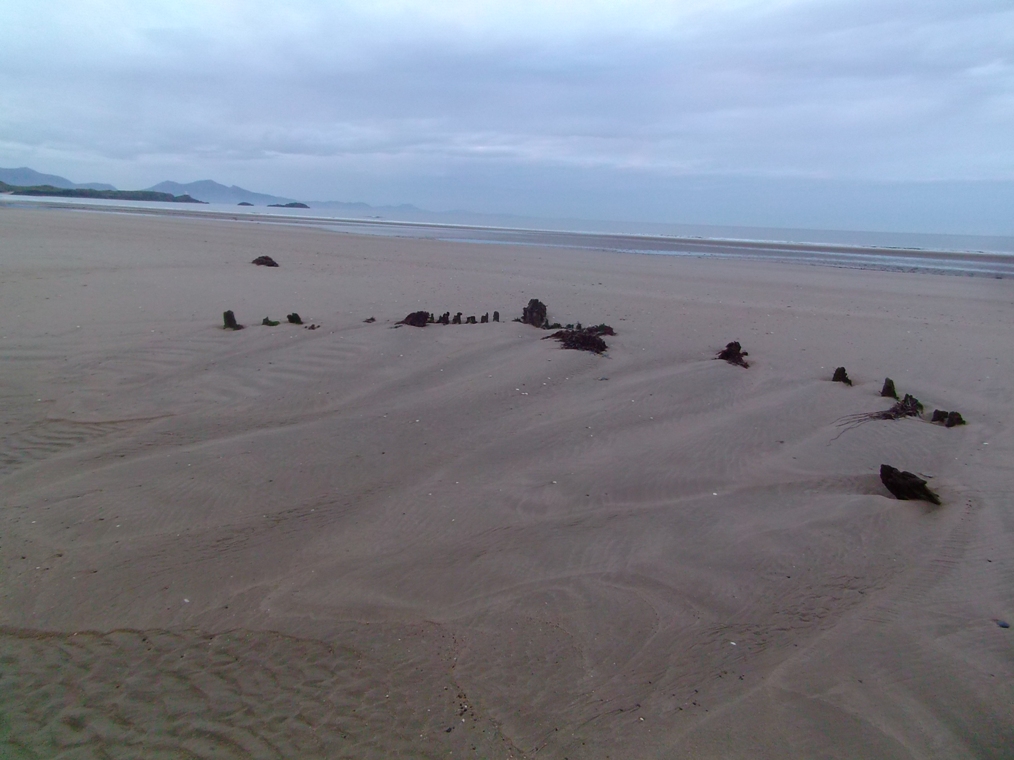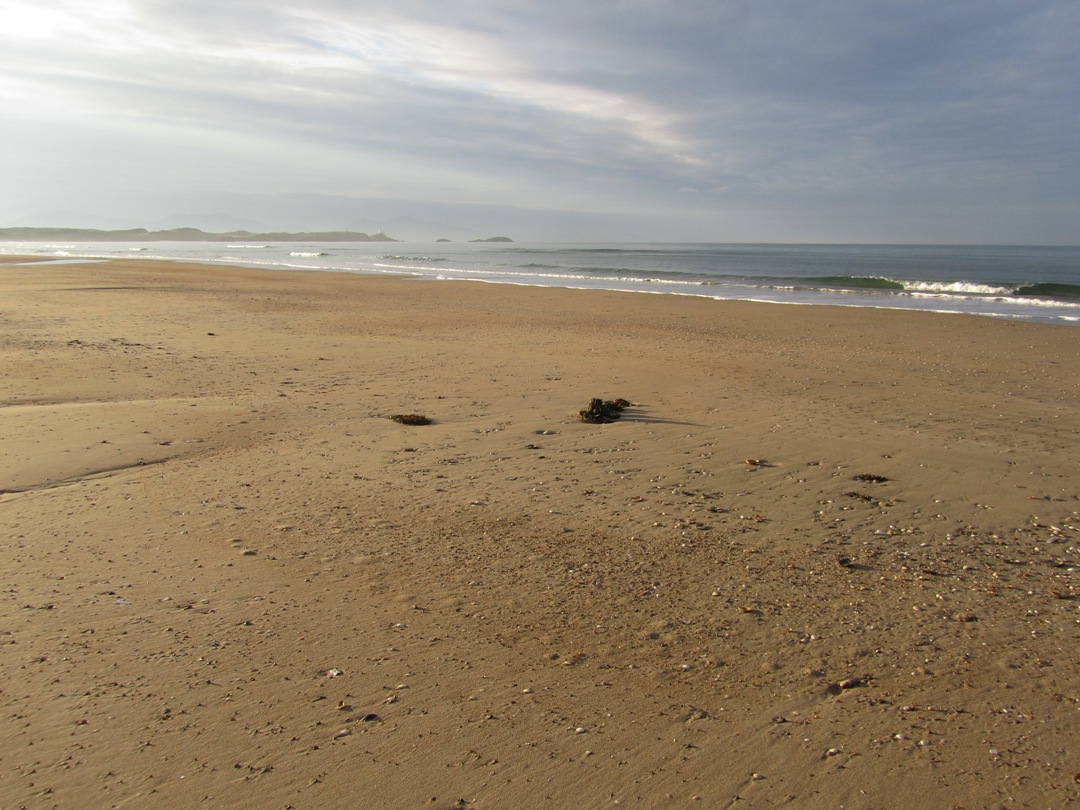Periodically, large numbers of cuttlefish bones wash up on Penrhos Beach, Newborough. Today was one of those days – the beach was covered with the oval shaped “bones”.

I’ve always thought that when large numbers of these “bones” wash up it’s because they’ve fallen off a boat that’s been catching / processing them. Apparently cuttlefishing is a big business in the English Channel. There, thousands of tonnes of these creatures are dredged up each year – 7,000 tonnes in 2017. Quite often, cuttlefish boxes from the boats also wash up here.


Cuttlefishing by trawling is contentious. The Marine Conservation Society recommends avoiding eating cuttlefish caught that way (i.e. most cuttlefish in the UK).
However, it is also possible that when lots of cuttlefish bones wash up it is just a natural process. The creatures only live for a couple of years, dying after they have bred, and then their internal skeleton (the cuttlefish “bone”) might wash ashore after storms.
The BBC Science Focus magazine has a good article about cuttlefish generally.
Ironically, amongst the cuttlefish bones and debris washed up by the stormy seas was a bottle from Kraken Rum…

Also on Penrhos Beach today was a solo Portuguese Man o’ War (well, I only saw one anyway). It’s been a few years since I’ve seen Men o’ War here. Today’s was quite dull looking and probably a relatively long time dead.


Apparently the Portuguese Man o’ War can still sting even after it has been dead for days, some say even weeks later they can still sting. So it’s not something you’d want to bump into, tread on or pick up (nor your dog).






